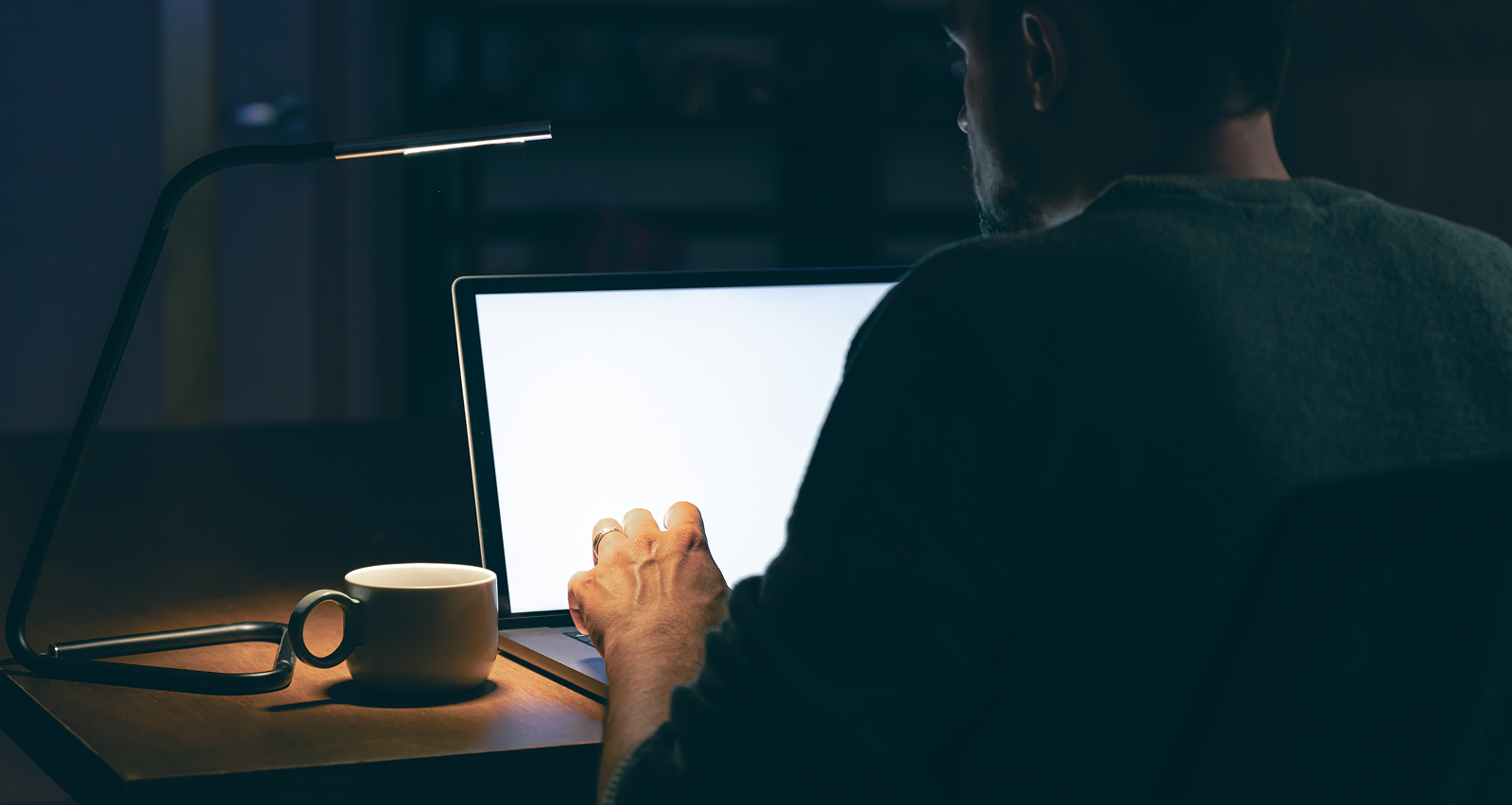Ever find it hard to fall asleep after a long day of Zoom calls, emails, and late-night scrolling? You’re not alone. Most young professionals today spend 8 to 10 hours (if not more) staring at screens—from laptops to phones to tablets. And while technology keeps us productive and connected, there’s an invisible side effect we often overlook: blue light.
In this post, we’ll break down what blue light actually is, how it affects your body (especially your sleep and eyes), and most importantly—how to protect yourself without going off-grid.
What Exactly Is Blue Light?
Blue light is a type of visible light with a short wavelength and high energy. It’s naturally present in sunlight, which helps regulate our sleep-wake cycle (aka our circadian rhythm). But here’s the catch: it’s also emitted by digital screens, LED lights, and fluorescent bulbs.
During the day, exposure to blue light—especially from the sun—can be beneficial. It boosts alertness, mood, and cognitive function. But too much artificial blue light, especially at night, can confuse our internal clocks and throw our systems out of sync.
How Blue Light Affects Your Body
1. It Messes with Your Sleep
Blue light suppresses melatonin, the hormone your body produces to signal that it’s time to sleep. So when you’re checking Slack or Instagram late at night, your brain still thinks it’s daytime, making it harder to fall (and stay) asleep.
Over time, disrupted sleep can lead to:
- Poor concentration
- Increased stress
- Mood swings
- Weakened immune response
Let’s be real: no productivity hack can replace a good night’s sleep.
2. It Strains Your Eyes
Spending hours staring at screens can cause digital eye strain or computer vision syndrome. Symptoms can include:
- Dry, itchy, or watery eyes
- Blurred vision
- Headaches
- Neck and shoulder tension
This happens not just because of blue light, but also because we tend to blink less while looking at screens—reducing eye lubrication and increasing fatigue.
3. It Might Contribute to Long-Term Eye Issues
While more research is needed, some studies suggest that chronic exposure to high-energy blue light may contribute to retinal damage over time. While the evidence isn’t conclusive yet, it’s still a smart move to take preventive steps—especially considering how much screen time is baked into our daily lives.
How to Reduce Blue Light Exposure (Without Quitting Your Job)
No, we’re not about to tell you to toss your laptop and go live in a forest. Here are some easy, science-backed ways to reduce the harmful effects of blue light while still staying connected and productive.
1. Use Blue Light Filters on Your Devices
Most modern phones and laptops have built-in features that reduce blue light:
- Apple: Night Shift
- Android: Night Light or Blue Light Filter
- Windows: Night Light
- Mac: Night Shift or True Tone
These settings adjust your screen to warmer tones, especially in the evening. You can also install apps like f.lux or use blue light filtering screen protectors.
2. Try Blue Light Blocking Glasses
These glasses have specially coated lenses that filter out a portion of blue light. They’re especially helpful if:
- You work late into the night
- You get frequent eye strain or headaches
- You can’t avoid evening screen time
Bonus: they often look stylish too, so you can wear them without feeling like you’re in a sci-fi movie.
3. Follow the 20-20-20 Rule
Give your eyes regular breaks. Every 20 minutes, look at something 20 feet away for at least 20 seconds. It helps your eye muscles relax and reduces fatigue. Set a reminder if you tend to get into the zone and lose track of time.
4. Create a Screen-Free Wind-Down Routine
To help your body transition into sleep mode:
- Avoid screens at least 1 hour before bed
- Try reading a physical book, stretching, journaling, or listening to calming music
- Dim the lights in your room to mimic sunset and support melatonin production
If screen-free evenings aren’t realistic every night, start small—aim for 2–3 days a week and build from there.
Final Thoughts: It’s All About Balance
Blue light isn’t the villain—it’s just a part of modern life. The real issue is overexposure, especially at times when your body needs to unwind and recharge.
By being a little more conscious of when and how we use our screens, we can protect our sleep, our eyes, and our long-term health—without sacrificing productivity.
So, here’s your gentle reminder: your body and mind weren’t built for 10 straight hours of screen time. Make time for breaks, set up your space to support your well-being, and sleep like your future self depends on it.









